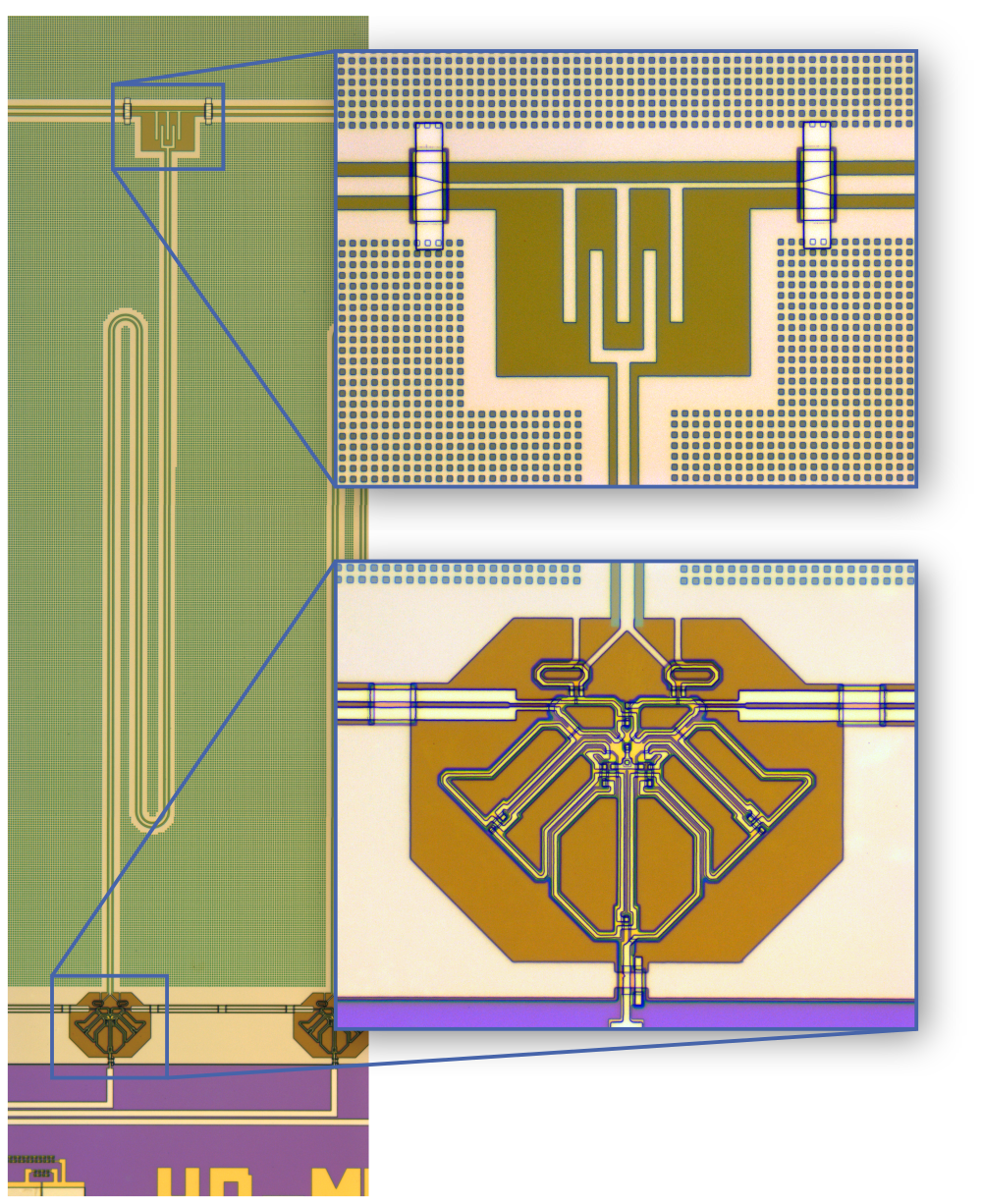Microwave SQUID multiplexer

In recent years, there has been remarkable progress in the development of cryogenic particle detectors, driven by the increasing need for high-resolution detectors for a variety of applications in astrophysics, astronomy, and nuclear physics. Reliable fabrication techniques have made systems with large numbers of cryogenic detectors feasible, but the readout of these systems requires an appropriate process. Individual particle detectors can be read out using dc-SQUIDs inductively coupled to the detectors. However, this method requires separate wiring for each detector and dc-SQUID, which is inappropriate for large particle detector systems because the dissipated power from a large number of dc-SQUIDs would heat the system and affect the energy resolution of the detectors. In addition, the number of cables required increases linearly with the number of detectors, leading to increasing system complexity and high heat flux to the cryogenic setup.

To overcome these challenges, the IMS is developing microwave SQUID multiplexers (µMUXs) for readout of MMC-based detector systems. This multiplexing method enables the readout of hundreds of cryogenic particle detectors over a single radio frequency line with minimal constraints on the speed and energy resolution of the detectors. For this, each detector is inductively coupled to a non-hysteretic, unshunted rf SQUID, which in turn is inductively coupled to a microwave resonator, such that a detector signal results in a shift in the resonant frequency of the resonator. By capacitively coupling hundreds of such resonators with different resonant frequencies to a common transmission line, detector signals can be read out. Transmission measurements on this feedline thus allow hundreds of detectors to be read out.

